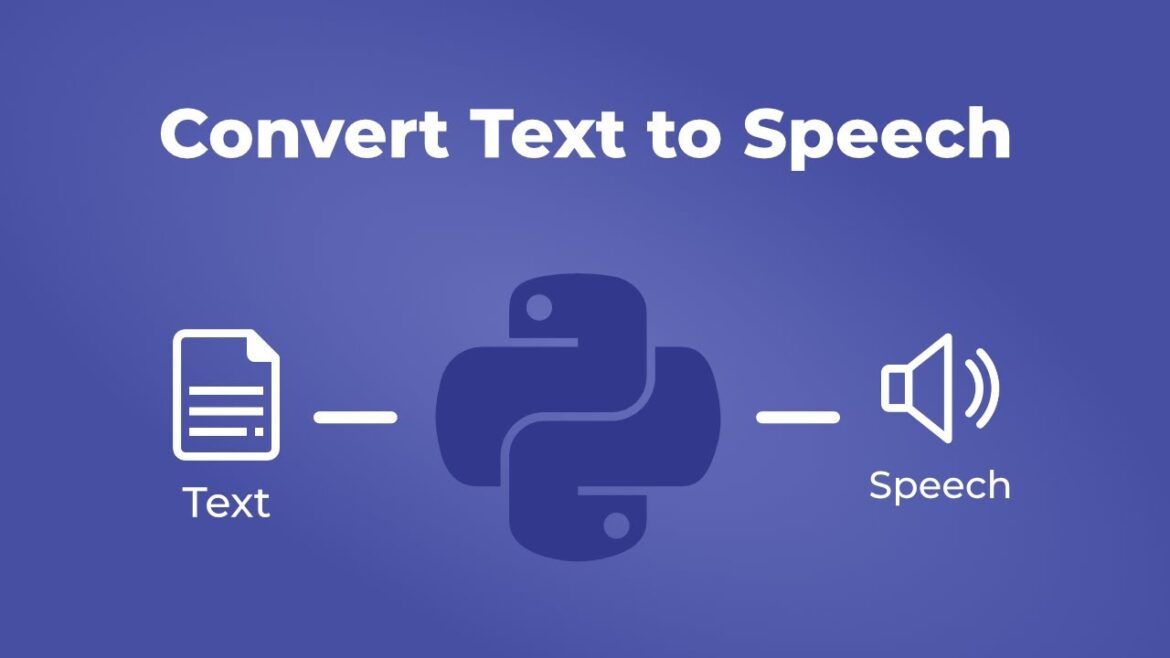In the digital age, efficiency is the heartbeat of professional communication. Businesses are constantly seeking tools that can help teams save time, enhance accessibility, and maintain productivity. One of the most innovative developments to support these goals is the integration of text-to-speech (TTS) technology into email communication. By transforming written text into spoken words, this solution allows professionals to engage with their inboxes in more convenient and flexible ways than ever before.
The Emergence of Audio Communication in the Workplace
The way people consume information has changed dramatically over the past decade. From podcasts and audiobooks to virtual meetings and voice assistants, the workplace has seen a steady shift toward audio-based interactions. This shift is driven by the need for multitasking and on-the-go accessibility. Employees today are not confined to desks; they work while commuting, traveling, or performing other tasks.
In this context, text to speech for business emails is gaining momentum. It enables professionals to listen to their emails instead of reading them, helping them stay informed even when their eyes and hands are occupied. This seamless transition from text to voice marks a turning point in how communication flows within organizations.
Why Businesses Are Embracing Text-to-Speech Solutions
Emails remain one of the most essential communication tools in professional environments. However, the growing volume of emails can easily overwhelm employees, making it challenging to keep up. Text-to-speech technology offers a practical solution by converting emails into natural-sounding audio, allowing users to process information more efficiently.
For many professionals, this means reclaiming valuable time. They can listen to important updates while commuting, exercising, or during brief breaks. This flexibility not only enhances productivity but also reduces screen fatigue—a common issue for employees who spend long hours working online.
Enhancing Accessibility and Inclusivity
Accessibility is a vital aspect of modern workplaces. Businesses today recognize the importance of creating environments that accommodate individuals with diverse abilities. Text-to-speech plays a key role in achieving this inclusivity by making written communication accessible to people with visual impairments, reading difficulties, or learning differences.
By transforming text into spoken language, employees who might otherwise struggle with large volumes of written information can now listen and understand with ease. This promotes equal participation and ensures that no one is left out due to accessibility barriers. In this sense, TTS technology is not merely a convenience—it’s a tool for empowerment and inclusion.
Improving Productivity Through Audio Efficiency
Professionals often spend hours each day sorting through their inboxes, prioritizing messages, and responding to critical emails. Text-to-speech technology introduces an innovative way to streamline this process. Instead of reading every email manually, employees can quickly listen to the most relevant messages while performing other activities.
This hands-free approach allows for better time management and multitasking. Executives can catch up on unread messages during flights, sales teams can review updates while traveling to meetings, and remote workers can stay informed without being tied to a screen. The overall result is higher productivity, reduced stress, and a smoother communication workflow.
Integration with Modern Business Tools
One of the reasons text-to-speech solutions are thriving is their compatibility with existing business systems. They can be easily integrated with popular email platforms, mobile devices, and productivity tools. This adaptability allows organizations to implement audio communication without disrupting their existing workflow.
Additionally, customizable features—such as language options, voice tones, playback speeds, and accent preferences—make the experience more personal and natural. These options ensure that users can tailor the technology to suit their individual listening habits and communication needs.
The Role of Artificial Intelligence in Natural Speech
Artificial intelligence (AI) is the driving force behind modern text-to-speech solutions. Today’s AI-powered systems are capable of generating human-like voices with accurate tone, rhythm, and inflection. This ensures that the audio output feels conversational rather than robotic.
Advanced AI algorithms analyze the structure of the text, detect punctuation cues, and emphasize key words or emotions to deliver a natural listening experience. This sophistication is especially valuable for business emails, where tone and clarity play crucial roles in communication.
Moreover, AI continues to learn and evolve based on user preferences. Over time, the system adapts to recognize communication styles, accents, and even context, creating a more personalized and intuitive experience.
Use Cases Across Different Business Sectors
Text-to-speech technology has practical applications across a variety of industries:
- Corporate professionals can use it to listen to daily updates, project reports, or meeting summaries while on the move.
- Entrepreneurs and freelancers benefit from being able to stay connected with clients and partners without needing to constantly check their screens.
- Educators and researchers can listen to academic or administrative emails during research or fieldwork.
- Customer service teams can manage internal communications or training updates more efficiently.
- Remote workers can access essential information regardless of location or device limitations.
This versatility makes text-to-speech a valuable asset across sectors that prioritize time, clarity, and accessibility.
Cognitive and Mental Health Benefits
The psychological aspect of digital communication is often overlooked. Reading large amounts of text can lead to eye strain, fatigue, and decreased concentration. Listening, on the other hand, can provide a refreshing alternative that engages different cognitive pathways.
Audio communication supports better retention and comprehension for some individuals, particularly auditory learners. It also reduces the pressure of constantly being in front of a screen—an important factor in preventing digital burnout. By giving professionals a more balanced approach to consuming information, text-to-speech technology contributes to overall mental well-being in the workplace.
Data Privacy and Security Considerations
As with all digital innovations, data privacy is a major concern for businesses. When implementing text-to-speech tools, organizations must ensure that email content is processed securely and confidentially. Reputable systems use encryption and strict data handling standards to safeguard sensitive information.
Companies can further enhance privacy by controlling which emails are converted into audio and ensuring that playback occurs in secure environments. Maintaining a balance between convenience and data protection helps build trust among employees and stakeholders alike.
Looking Ahead: The Future of Audio Communication in Business
The future of workplace communication is undeniably voice-driven. As speech recognition, natural language processing, and AI technologies advance, the line between written and spoken communication will continue to blur. Employees will be able to manage emails, schedule meetings, and respond to messages entirely through voice commands.
Text-to-speech will play a central role in this transition. By merging efficiency with accessibility, it offers a glimpse into a future where business communication feels more human, intuitive, and adaptable. As organizations move toward hybrid and remote work models, the demand for flexible communication methods like TTS will only grow stronger.
Conclusion
Text-to-speech technology is redefining how professionals interact with their emails and manage daily communication. By converting text into natural, lifelike audio, it bridges the gap between convenience and productivity, allowing users to stay informed anytime, anywhere.
Beyond efficiency, it promotes accessibility, inclusivity, and a healthier work experience. As businesses embrace digital transformation, integrating text-to-speech into everyday workflows is not just an innovation—it’s an evolution toward a more connected and human-centered future of communication.



